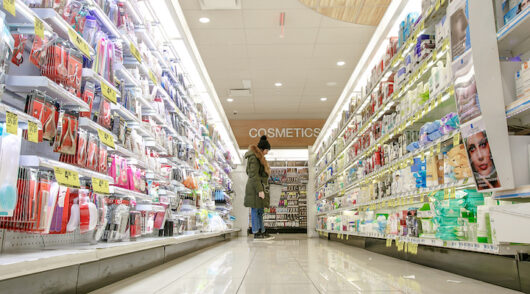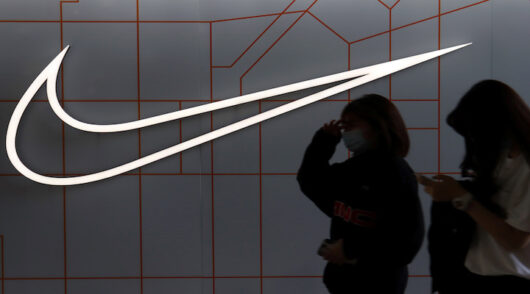Beauty retailer Ulta has reported a 10.1 per cent uplift in sales – a solid increase, but the lowest rate of growth in more than two years.
Some of this is down to normalization: it would be unreasonable to expect Ulta to punch out double-digit growth ad infinitum. However, some of the moderation may also be down to an increasingly pressured consumer who, while still prioritizing beauty over other categories, is trimming spend at the margins.
Ulta’s own numbers provide some evidence for this. Around 3 percentage points of the 8 per cent comparable growth is down to price inflation rather than to volume increases. On top of this, average units per transaction were down this quarter which suggests that while consumers are still buying beauty, they are modestly reducing the number of things they buy. Fortunately, Ulta more than made up for this with strong foot traffic across the quarter and by continuing to win new shoppers to both its online and store channels.
Ulta did well across both prestige and mass beauty, with both segments of the business in growth. However, it is the mass segment where Ulta continues to take most market share. In some categories, like cosmetics, prestige performed far less well than mass as Ulta laps tough prior year numbers.
Although the shift is slight, this may also be a sign of some people trading down to more affordable brands. Ulta also promoted heavily this quarter to help stimulate demand, particularly across its well-received Big Summer Beauty Sale. Admittedly, promotional levels are nowhere near their pre-pandemic highs, but they have increased from the past couple of years. That Ulta is having to work harder to encourage people to buy is another small crack in the market, as well as an indication that competitive conditions are tightening.
The unfavorable shift in the product mix and higher discounts contributed to a 110 basis points decline in gross margin. Higher supply chain costs and increased levels of shrink also weighed down margins. The net result is that the bottom line is not keeping pace with growth. Operating income was virtually flat this quarter, coming in just 0.1 per cent above where it was last year. Net income benefitted from a higher level of interest income and rose by a modest 1.5 per cent. In essence, the profit numbers show that despite moving faster, working harder, and growing its sales, Ulta is essentially standing still in terms of the rewards for its efforts.
All in all, we believe that Ulta is now coming down off the highs of the past few years. This should not be seen as a failure. Compared to the same period in 2019, second-quarter revenue is up by 51.8 per cent which underlines the success of Ulta and its more established place in the beauty market. However, future gains will be more modest, and performance will likely become a bit more mixed.
That said, we are still optimistic about Ulta as it continues to inject newness into the offer, has improved the digital experience, and is increasing its customer base and the number of people in its loyalty scheme. All these things provide it with a defensible position, even in a tightening market.
As for the wider beauty sector, even if growth moderates it will remain one of the best performing in retail. Spend is much stickier than in other categories, as people have established beauty routines which they do not want to sacrifice. The desire to experiment and indulge also remain strong. But beauty, like everything else, is not immune to wider economic issues. The easy days of growth are coming to an end and all players, including Ulta, will need to be more focused to make gains.






